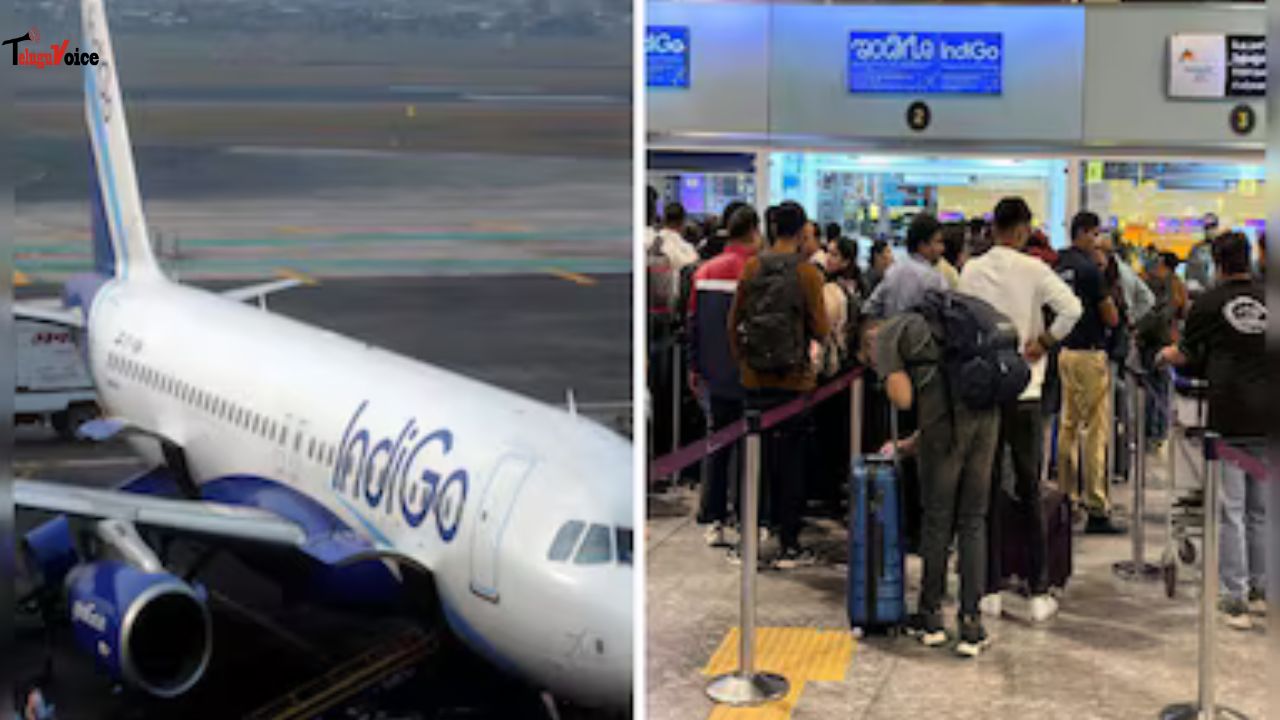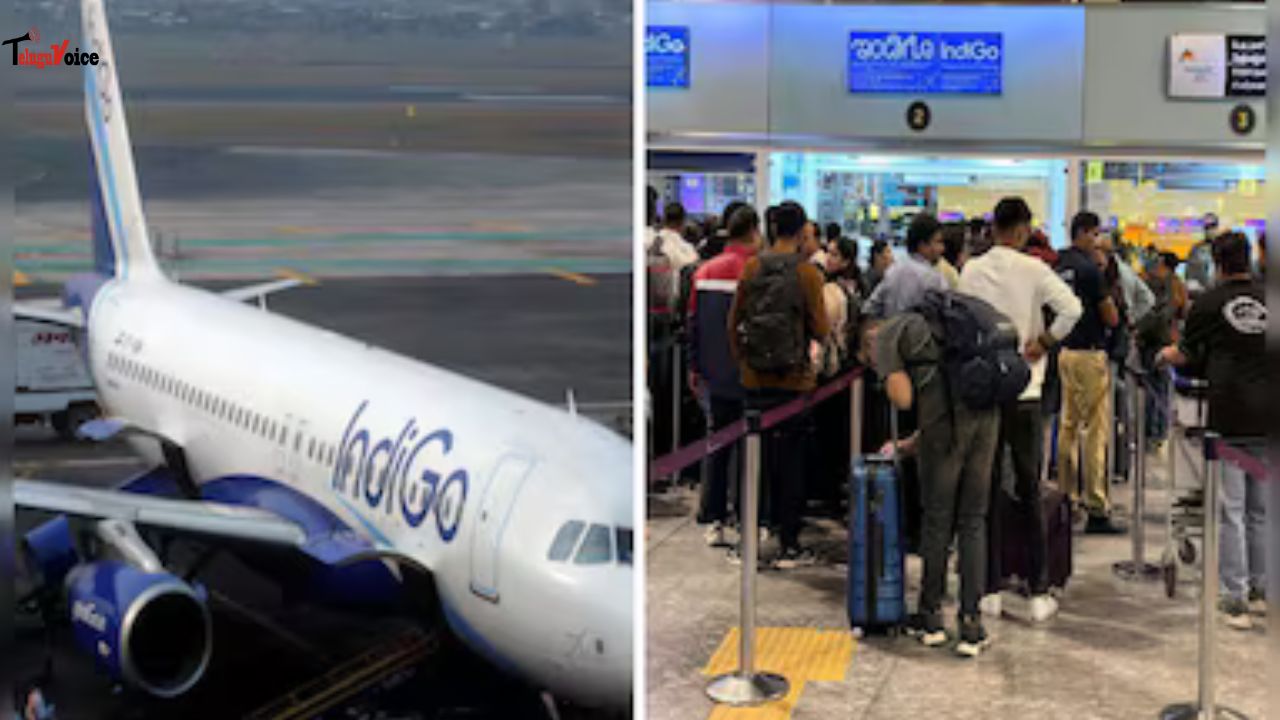Man Creates Fake Traffic In Google Maps - Read How

One of the most reliable and used applications in the world is Google Maps. This app not only keeps a track of your location and destinations but also shows distances between two points, the estimated time of arrival and the traffic conditions on various roads.
Though, there are times when Google Maps become a little problematic, particularly when we rely on it to show the right and fastest route during heavy traffic.
The red or crimson streaks on the map make many travelers worried. These different colors, namely, red, green, orange, yellow signify the status of traffic, red being delays, and congestion.
However, Google Maps always shows real-time traffic that users can see on their phones. But is it always real? Can someone trick the real-time traffic feature of Google Maps by giving the illusion of heavy traffic on the road? Well, someone just did so.
A person named Simon Weckert took 99 smartphones in a small cart, opened Google Maps on each of them and walked across streets to change traffic flow.
He made the video of his experiment and shared it on YouTube with the caption, "Google Maps Hacks by Simon Wecker". The video has over 15 lakh views.
“99 smartphones are transported in a handcart to generate virtual traffic jams in Google Maps. Through this activity, it is possible to turn a green street red which has an impact in the physical world by navigating cars on another route to avoid being stuck in traffic,” the description of the video.
As seen in the video, the traffic indicator streaks on Google Maps app turn red from green. This simple hack doesn't need any special code. It proves the traffic flow and indicators on Google Maps can be changed to make users think the route is empty or congested.
Google Maps first tracks your location before informing you about traffic in your area, nearby services, landmarks, transport options, and other information relating to your geographic location.
But it also tracks data from other smartphones operating in the same area to determine traffic, as happened in the case of Wecker, the 99 smartphones that he was carrying in a cart, was recognized as slow-moving traffic on a road.

 South Africa tour of India 2019
South Africa tour of India 2019










Comments